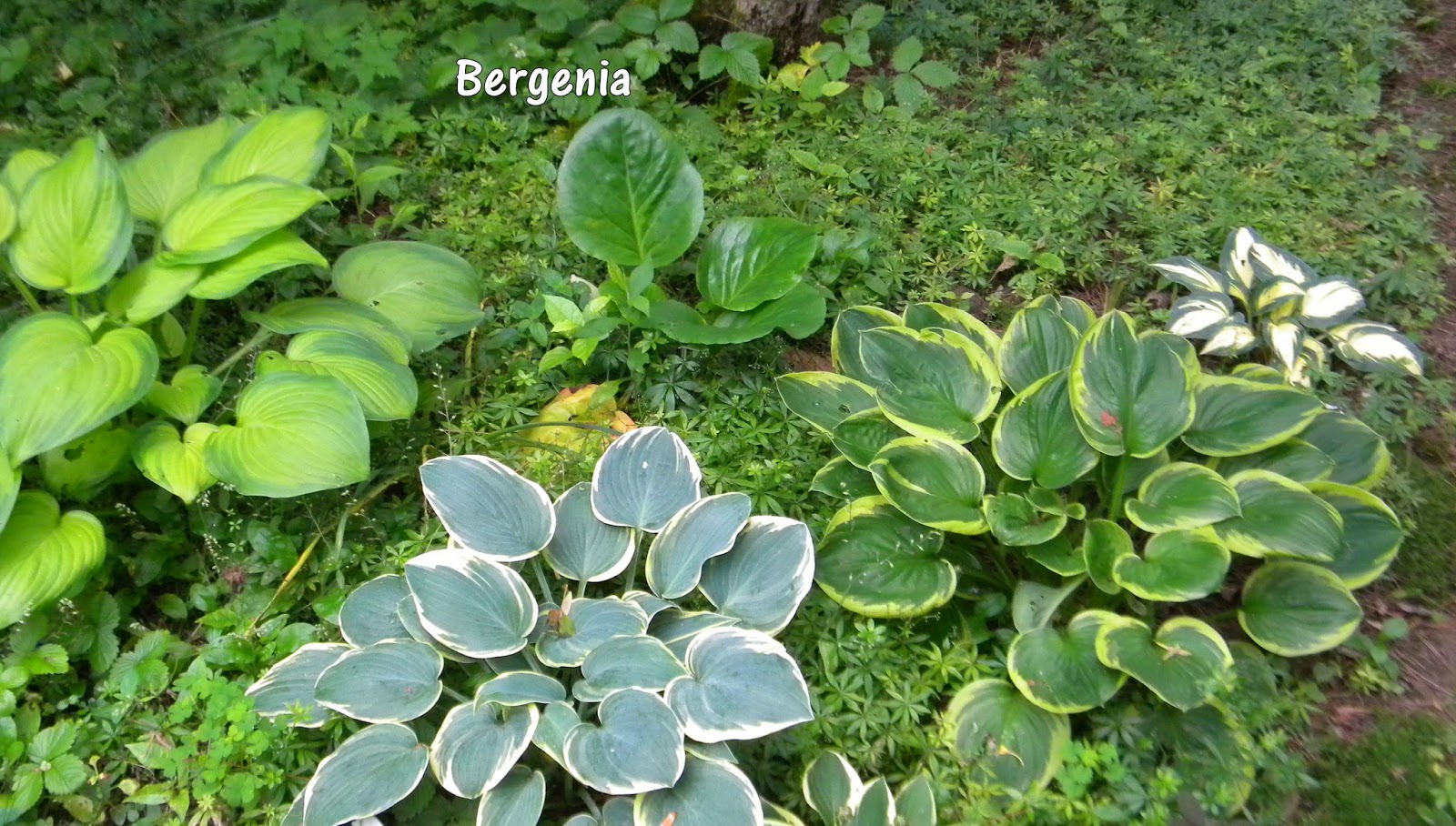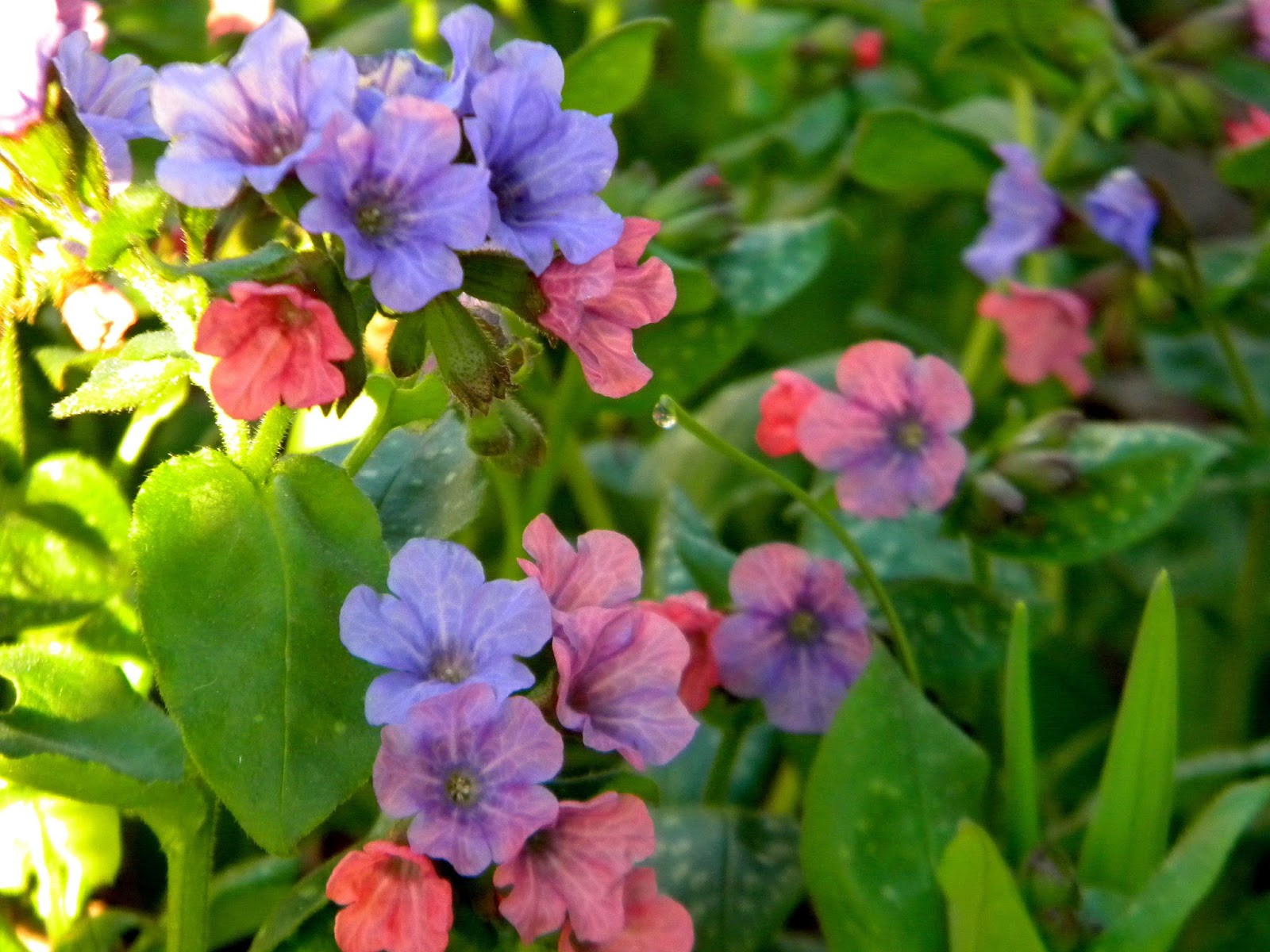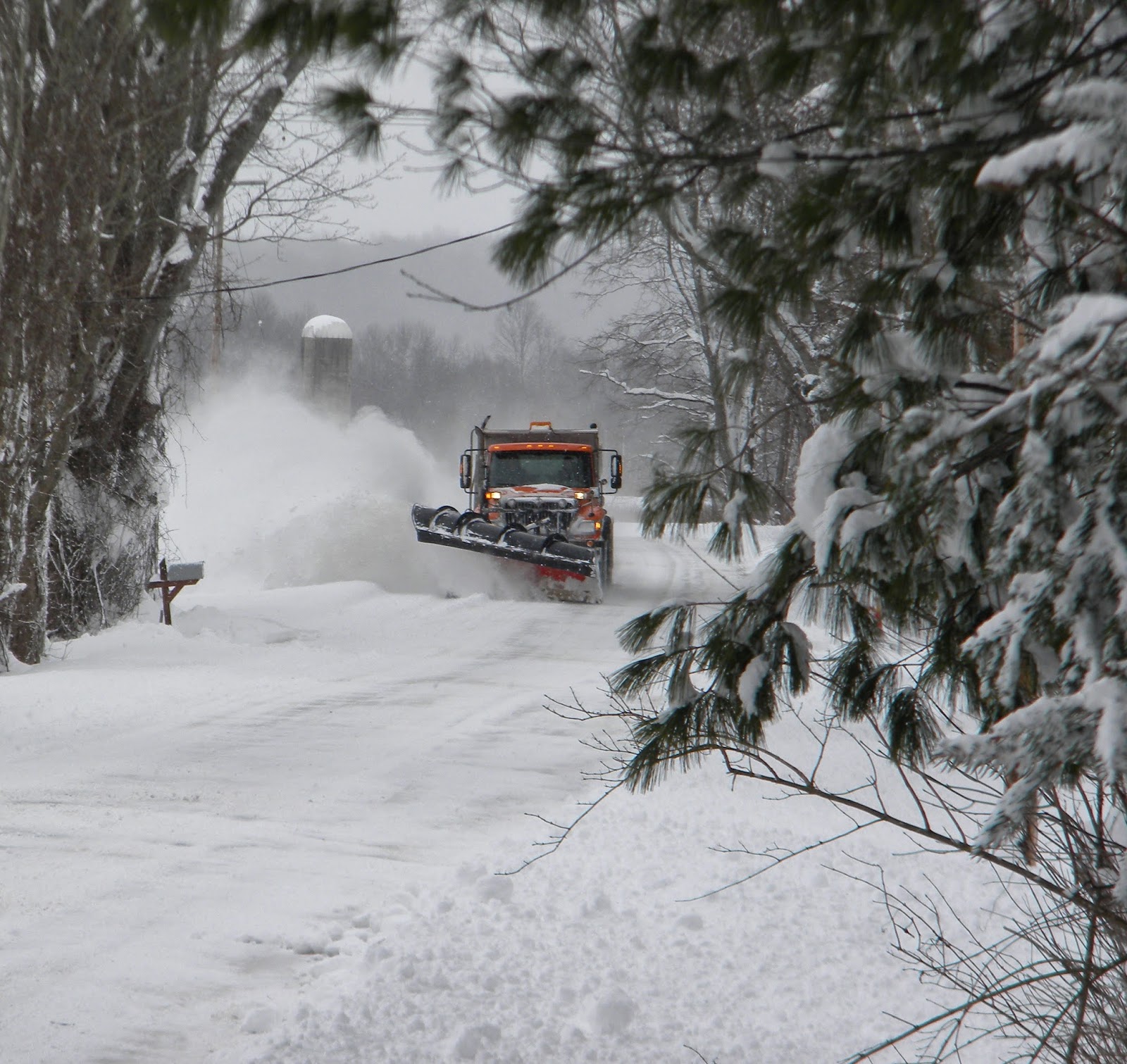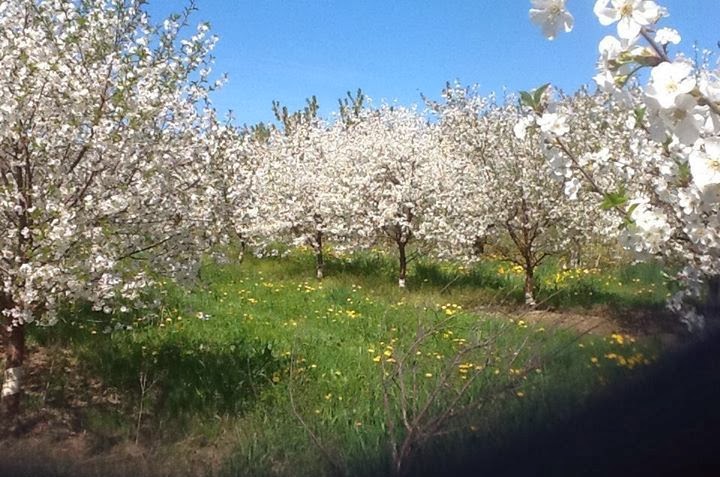It's also March Madness- but Syracuse lost in the NCAA and time 'Marches' on so now we have to move on.
Several of us have asked the question- - - how can we be having Global Warming when it's been so cold for so long and we've had all this snow? Here is a link on some thoughts of Global Warming: Is Global Warming Causing Harsher Winters?
One of my favorite outdoor smells is a spring rain warming up the soil for the grass to start growing again. It's just so fragrant and you know that everything is coming alive with this new awakening. Another favorite smell of spring is a fresh mowed lawn. Especially the first time you mow it after winter. So very sweet! When the snow melts and you are ready to go outside make sure your soil is dried out. When you walk on it and it's still wet, you are compacting the soil. Your grass roots need air, and compaction will fill all those spaces of air pockets. The air pockets also assist in drainage. It's not a good idea to start raking your lawn right away either. When the soil is still wet and you rake it, you could tear out grass and then you will end up with bear spot in your lawn.
I thought I would share a few ideas for ground covers for your yard. There are several of them so I will just list a few in this issue.
Ground Covers for Shade
 |
| Ajuga |
Ajuga (Bugleweed): Ajuga is a small, creeping, semi-evergreen perennial that has purple flower spikes. It prefers well-drained or moist soil. The common ajuga plant has shiny, dark, small leaves, but there are other varieties that have a variegated leaf. Ajuga can be a very agressive ground cover so be careful where you plant it. I had some in a garden bed on the side of my house and it did fine there for awhile until it spread out to the side lawn. We had a hard time getting it out of the lawn (even weed killers didn't help) so my husband ended up scraping the lawn with a shovel and putting down fresh dirt and grass seed. Once in awhile there are still a few plants that pop up in that spot now. It grows from 4"-14". This perennial can also be invasive in some areas of North America. Here is a link to areas where this plant is invasive: Ajuga- invasive area in North America. The plant spreads by sending runners on top of the ground.
 Bergenia: This plant is also know as heart-leaved bergenia. This perennial is clump-forming. In late winter or early spring it will send up a reddish stalk for the pink flower to bloom on. This plant does best in partial sun to full shade with well-drained to moist soil. In the fall the leaves will turn a bronze color. They are tolerant of deer, rabbits, drought, and heavy shade. It will grow from 12-18". Hardiness zone 4-8. I have a small clump in the photo at left that I planted with some of my hostas.
Bergenia: This plant is also know as heart-leaved bergenia. This perennial is clump-forming. In late winter or early spring it will send up a reddish stalk for the pink flower to bloom on. This plant does best in partial sun to full shade with well-drained to moist soil. In the fall the leaves will turn a bronze color. They are tolerant of deer, rabbits, drought, and heavy shade. It will grow from 12-18". Hardiness zone 4-8. I have a small clump in the photo at left that I planted with some of my hostas.Invasive Plant in US- Pachysandra
 |
| Pulmonaria |
Pulmonaria (Lungwort): Pulmonaria is hardy in zones 3-8. It grows 12"-18". The bloom season is between April-May. What I like about the pulmonarias are their pretty little flowers that change colors. They start out blue and over a period of a few days they turn pink. It will be successful in part-full shade. The leaves are a mottled silvery-green, however they can look kind of ratty peaking out from under the snow in early spring. They are tolerant of deer, heavy shade, and may be planted under black walnut trees. (Black walnut trees can be toxic to other plants, animals, and Black Walnut Toxicity.)

A Fine Winter Job! I want to thank our Town of Mexico NY Highway Department for keeping our roads plowed and sanded over the winter (and Spring). Every time it snows (or when we had ice) they were out there at all hours of the day and night helping to keep our roads clear. And also a shout out to the County & State highway workers as well!
"Look deep into nature, and then you will understand everything better."
-Albert Einstein
Thanks for stopping by-
Feel free to leave a comment.

















